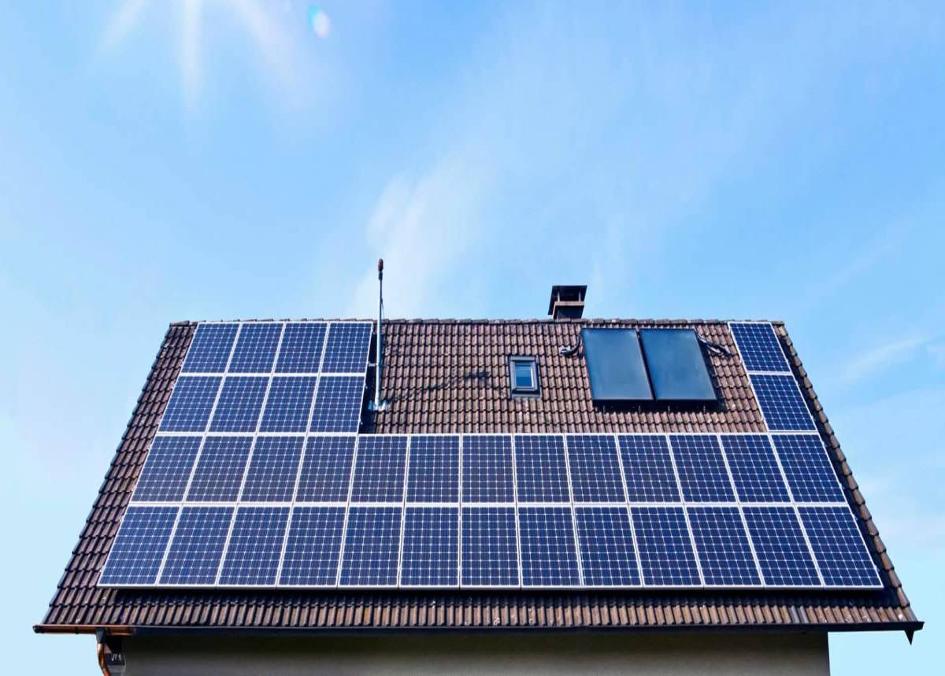In recent years, Australia has seen a significant surge in the adoption of solar energy, driven by the nation's abundant sunlight and a growing commitment to renewable energy sources. As more households and businesses turn to solar power, the question of optimizing solar investment returns has become paramount.
One promising avenue that has emerged is the integration of battery backup systems. While the initial investment might seem daunting, understanding how battery backup systems can potentially shorten the solar payback period sheds light on their long-term financial benefits and their role in the sustainable energy landscape.

Australia's Solar Power Revolution
Australia has become a global frontrunner in solar power generation, owing to its favourable climate conditions and a strong focus on sustainable energy policies. With abundant sunlight throughout the year, the country has harnessed its natural resources to establish a thriving solar energy sector. From the vast solar farms dotting the outback to the rooftop solar panels adorning urban homes, solar power has solidified its place in Australia's energy mix.
The Economic Dynamics of Solar Investment
For many Australians, the decision to invest in solar power is not only driven by environmental concerns but also by the financial benefits it offers. With the opportunity to sell excess energy back to the grid and the promise of significantly reduced electricity bills, solar installations have become an attractive investment proposition. However, the relatively long payback periods, often spanning several years, have been a concern for some potential investors.
The Role of Battery Backup Systems
Battery backup systems, commonly known as solar batteries, have emerged as a promising solution to optimize solar power usage and further reduce dependence on the grid. These batteries store excess energy generated during the day for use during peak consumption hours or during the night when solar panels are inactive. By storing surplus energy, households and businesses can effectively reduce their reliance on the grid, thereby offsetting energy costs and accelerating the return on their solar investments.
Shortening the Payback Period
In the context of Australia's solar energy landscape, the integration of battery backup systems can significantly impact the payback period, making solar investments more financially viable in the long run. Firstly, the ability to store excess energy allows users to minimize grid usage during peak hours, thus reducing electricity bills and increasing overall energy efficiency. This translates into tangible cost savings that can gradually offset the initial investment costs.
Moreover, in regions where feed-in tariffs, the rates at which solar energy is sold back to the grid, are not as attractive, solar batteries can provide a means to maximize self-consumption. By harnessing stored energy during high-demand periods, households can avoid purchasing electricity from the grid at higher rates, thereby further reducing overall energy expenses and accelerating the payback period.
Sustainable Future and Energy Resilience
Beyond the immediate financial benefits, the integration of battery backup systems contributes to a more sustainable and resilient energy future for Australia. By promoting energy self-sufficiency and reducing dependence on non-renewable energy sources, households and businesses play a pivotal role in fostering a cleaner and more environmentally conscious society. Additionally, with the looming threat of extreme weather events and power outages, solar batteries ensure a reliable and continuous power supply, enhancing energy resilience and safeguarding against unforeseen disruptions.
The Way Forward
As the world continues to grapple with the challenges posed by climate change and the imperative to transition to renewable energy sources, the synergy between solar power and battery backup systems holds the key to unlocking a sustainable and economically viable energy future in Australia. With technological advancements and increasing cost efficiencies, the prospect of shorter solar payback periods becomes more feasible, making solar energy an increasingly attractive investment option for households, businesses, and communities across the nation.
In conclusion, the integration of battery backup systems has the potential to revolutionize the solar energy landscape in Australia, not only by accelerating the payback periods but also by fostering energy resilience, reducing reliance on the grid, and contributing to a greener and more sustainable future. As the nation continues to champion renewable energy initiatives, the collaborative efforts of policymakers, businesses, and individuals will be instrumental in realizing the full potential of solar energy and solidifying Australia's position as a global leader in sustainable energy practices.
